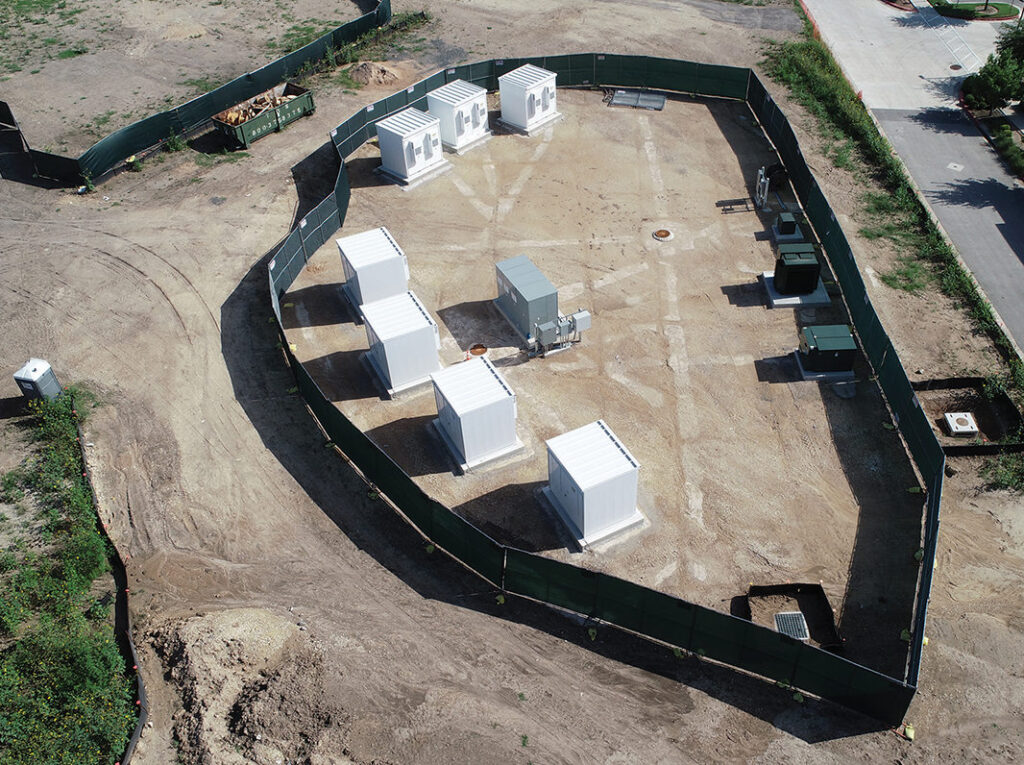How Connected Buildings are Re-energizing the Grid

Flexible energy platforms use artificial intelligence, cloud and blockchain to help manage renewable energy usage.
On May 11, the Biden administration approved the Vineyard Wind project, a major wind farm off the coast of Massachusetts capable of powering 400,000 homes and businesses. In announcing the agreement, U.S. Secretary of the Interior Deb Haaland declared that “a clean energy future is within our grasp in the United States.”
Yet making sure this opportunity doesn’t slip through our fingers will require a greater integration between energy producers and consumers than ever before. In some ways, the rise of renewables both improves and complicates the situation. And in the same way that renewables keep improving, so do the new technology platforms that help balance and manage the emerging demand for cleaner energy with a still-variable supply.
The wind farm, the first big U.S. offshore installation, is just one of a wave of projects designed to create a carbon-pollution-free power sector by 2035, and a net-zero-emissions economy no later than mid-century.
Spurred on by similar aspirations from the European Union, the Paris Agreement and the United Nations, decarbonization is trending globally. Utilities are big players, but so are energy consumers, who represent the demand side of energy. From municipalities and regions to commercial and industrial enterprises down to individual households, energy consumers are contributing to decarbonization by replacing fossil-fuel-powered assets such as vehicles and heaters with electrified versions.
“The good news is that about 70 percent of today’s global greenhouse gas emissions can be addressed by clean electrification,” says Mahesh Sudhakaran, general manager for the Energy, Environment and Utilities industry at IBM. The challenge is that these changes complicate the energy ecosystem while creating volatility in the grid that makes it difficult to manage.
Electrification raises consumption and sets new demand patterns. At the same time, wind and solar power fluctuate with the weather, which can lead to grid instability. When the wind doesn’t blow or the sun doesn’t shine, consumption can outpace production, which means operators need to add energy to the grid. Often, they do so by firing up fossil-fuel plants held in reserve. But this is costly and negates decarbonization efforts.
Our new, broader energy ecosystem also brings challenges of complexity. Aggregators have entered the market to bring consumers together to buy and sell wholesale energy that they’re generating from their own small-scale solar and wind installations. Then there are regulators, who are complicating energy management by mandating that millions of consumer devices–such as solar panels, wind turbines, batteries and even e-vehicles–can be linked to the grid.
This new complexity creates an opportunity as well. Consumer participation in energy markets can help stabilize the power system, especially if utilities can easily connect them to the energy ecosystem.
The missing link in the green energy transition
Andel, one of Denmark’s leading utilities, is already making this connection in partnership with IBM, using the jointly created IBM Utilities Flex Platform. It is “the missing link in the green energy transition,” Henrik Iversen, vice president at Andel, said at IBM’s Think 2021 conference. The Utilities Flex Platform—powered by a combination of IoT sensors, artificial intelligence (AI), blockchain and the cloud—integrates aggregators and their customers with the energy ecosystem for real-time, intelligent grid optimization.
When the grid needs balancing due to fluctuating renewables or demand peaks, the platform’s AI analyzes when connected consumer assets, such as HVAC systems, water pumps and data centers, can run at reduced capacity with little impact on their performance. The platform then temporarily reduces their energy draw, in effect providing flexibility to the grid in lieu of relying on reserve power plants.
Read the full article here:https://www.ibm.com/blogs/industries/flexible-energy-platform-renewable-power/
This piece first appeared in Industrious magazine. Continue reading at IBM. >>>





